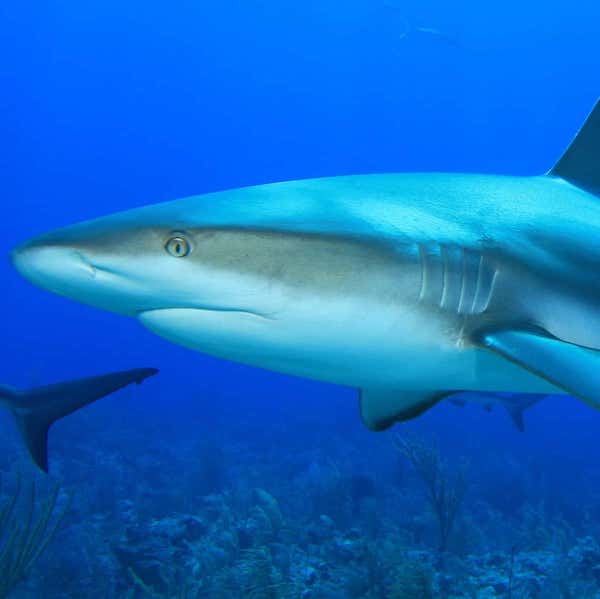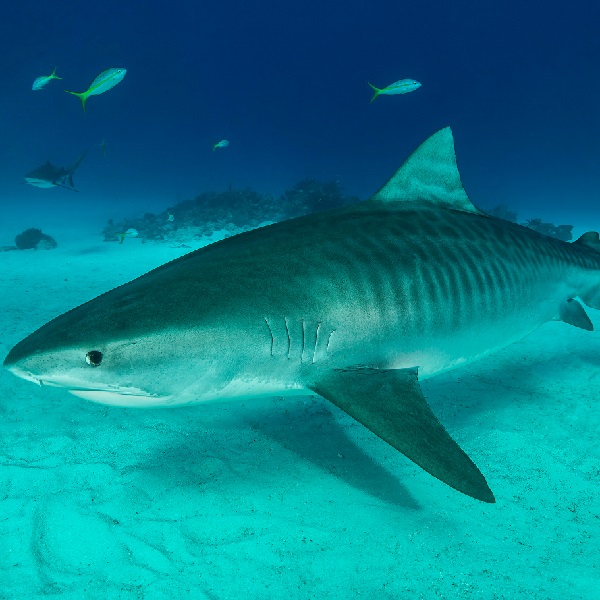Maldives is one of the top iconic diving destinations all over the world. It is a breathtaking destination for divers looking for large amounts of sharks and mantas with a lot of other pelagic and schools of fish in the clear blue water of the Indian Ocean. It consists of 1190 coral islands grouped in a double chain of 26 atolls, offering hundreds of diving spots, including many iconic spots for an unforgettable diving experience.

Best of North
This is the best route for manta lovers, with multiple cleaning stations for manta rays, shark. Good chance for whale shark encounters in Hanifaru bay. The highlights include Baa Atoll, Hanifaru Bay, one of the best places in the world for manta ray sightings where hundreds of them can be seen along with a few whale sharks gathering in a feeding frenzy. Also, encounter lots of sharks and turtles in Lhaviyani with abundant macro life.

Central Route
(Male atoll, Thaa atoll, Ari atoll and Vaavu atoll)
The most famous route in Maldives offers a great combination of easy and advanced dives. Channel dives are abundant with gray reef sharks and white tip reef sharks, manta cleaning stations, high chance for whale sharks at day and night, crazy encounters with a large amount of nurse sharks and different kinds of rays, beautiful landscape with hard and soft corals, and an amazing night dive with sharks in Alimatha jetty.

Deep South
This itinerary is full of action and adventures with mostly channel dives full of fish and hundreds of sharks, including gray reef sharks, oceanic blacktip and oceanic mantas, spinner sharks, plus one of the best points worldwide for unique encounter with tiger sharks (tiger zoo)
Facts About Maldives
Population: approx. 520’000
Capital: Malé, approx. 140’000
Language: Dhivehi
Religion: Islam
Currency: Rufiyaa (Rf), which is divided into 100 larees. Notes come in denominations of 2, 5, 10, 20, 50, 100 and 500 rufiyaa, although the lowest two are uncommon.
Electricity: Maldives have a 230V / 50Hz electrical system, with two plug types: Plug type D and plug type G.
Phone: Various companies, available upon arrival. As sample: Ooredoo e-sim card for $50 USD you get 30 GB data for 30 days.
Alcohol: It’s illegal to bring alcohol into the Maldives. All alcohol must be purchased from a licensed resort or liveaboard boat.
Airport: Closest international airport for all trips is Malé. If needed the national flights will be from Malé.
With 1200 scattered islands, islets and sandbars, chained in 26 atolls, the Maldives have some of the best dive spots worldwide. 130 of the islands are inhabited and have some of the most gorgeous reefs and beaches on earth.
The culture of the Maldives is influenced by the cultures of the people of different ethnicities who have settled on the islands throughout the times.
Since the 12th century, there were also influences from Arabia in the language and culture of the Maldives because of the conversion to Islam and its location as a crossroads in the central Indian Ocean. This was due to the long trading history between the far east and the middle east.
Food
Maldivians like to eat rihaakuru together with some other local side dishes such as fried fish, fried leaves, coconut milk, and masmirus (a mixture of dried fish and chili). Another typical traditional, local dish of the Maldivian household is garudhiya a soup made simply with fish, water and salt. It is made with lime, rice, onion and chillies.
Mas huni is a typical Maldivian breakfast, comprising tuna, onion, coconut, and chili. All ingredients are finely chopped and mixed with the grated meat of the coconut. This dish is usually eaten with freshly baked roshi (flatbread) and sweetened hot tea.
Visa
The best news? Travelers of all nationalities can get a tourist visa upon arrival in the country – meaning few obstacles between you and your diving trip.
Climate
Because the Maldives has the lowest elevation of any country in the world, the temperature is constantly hot and often humid. The months from January to April having the lowest rain precipitation days and belong to the dry season.
Sightseeing
There are a few nice things you can visit apart from nice beaches and watersports. The local fish and fruit market are worth a visit, also the Hukuru Miskiiy (Old Friday Mosque), Grand Friday Mosque, Mulee Aage (President Palace), National Museum, as well as some other mosques and local market.
